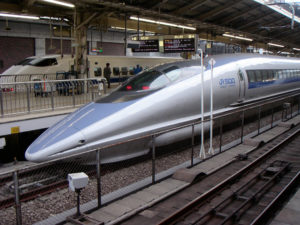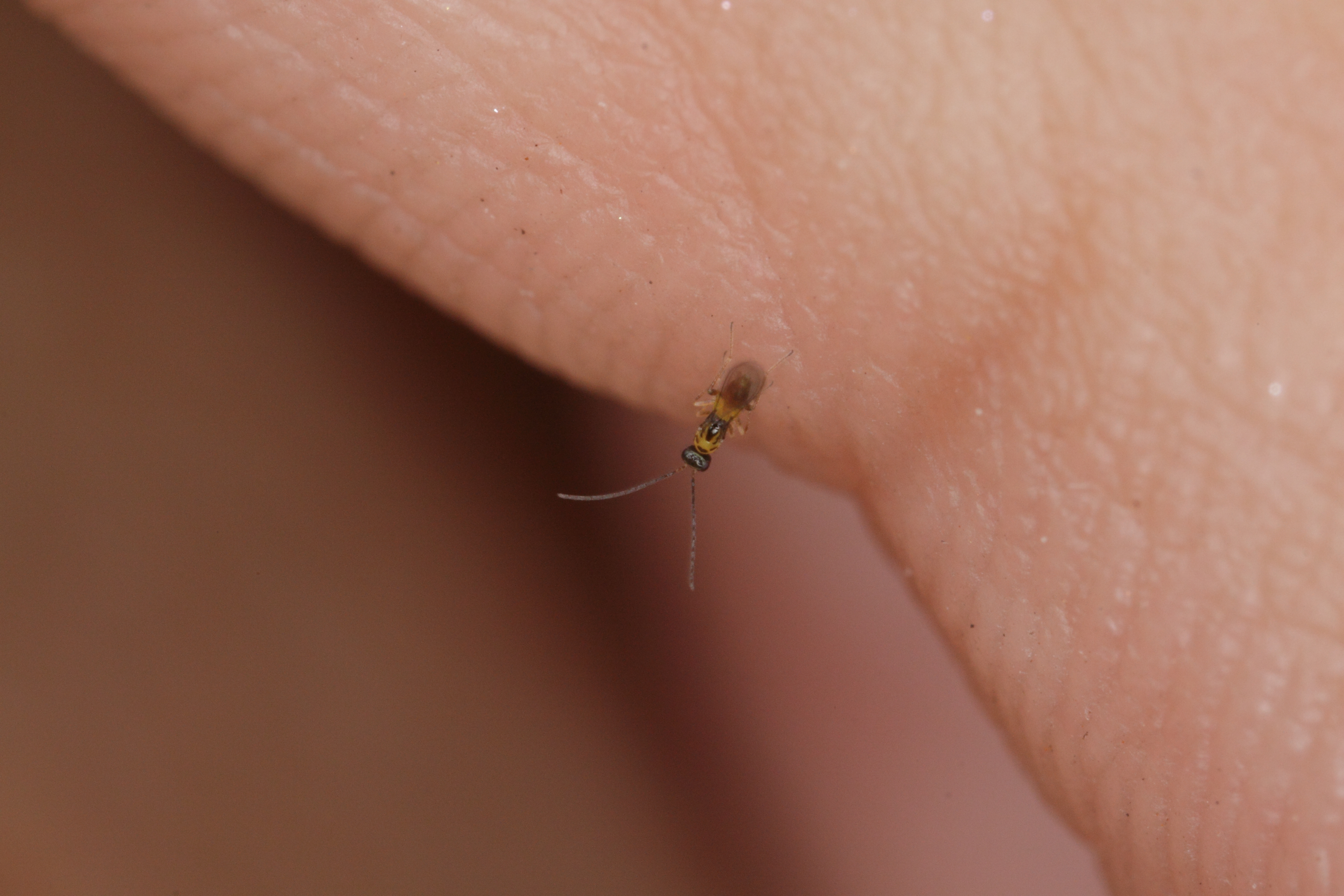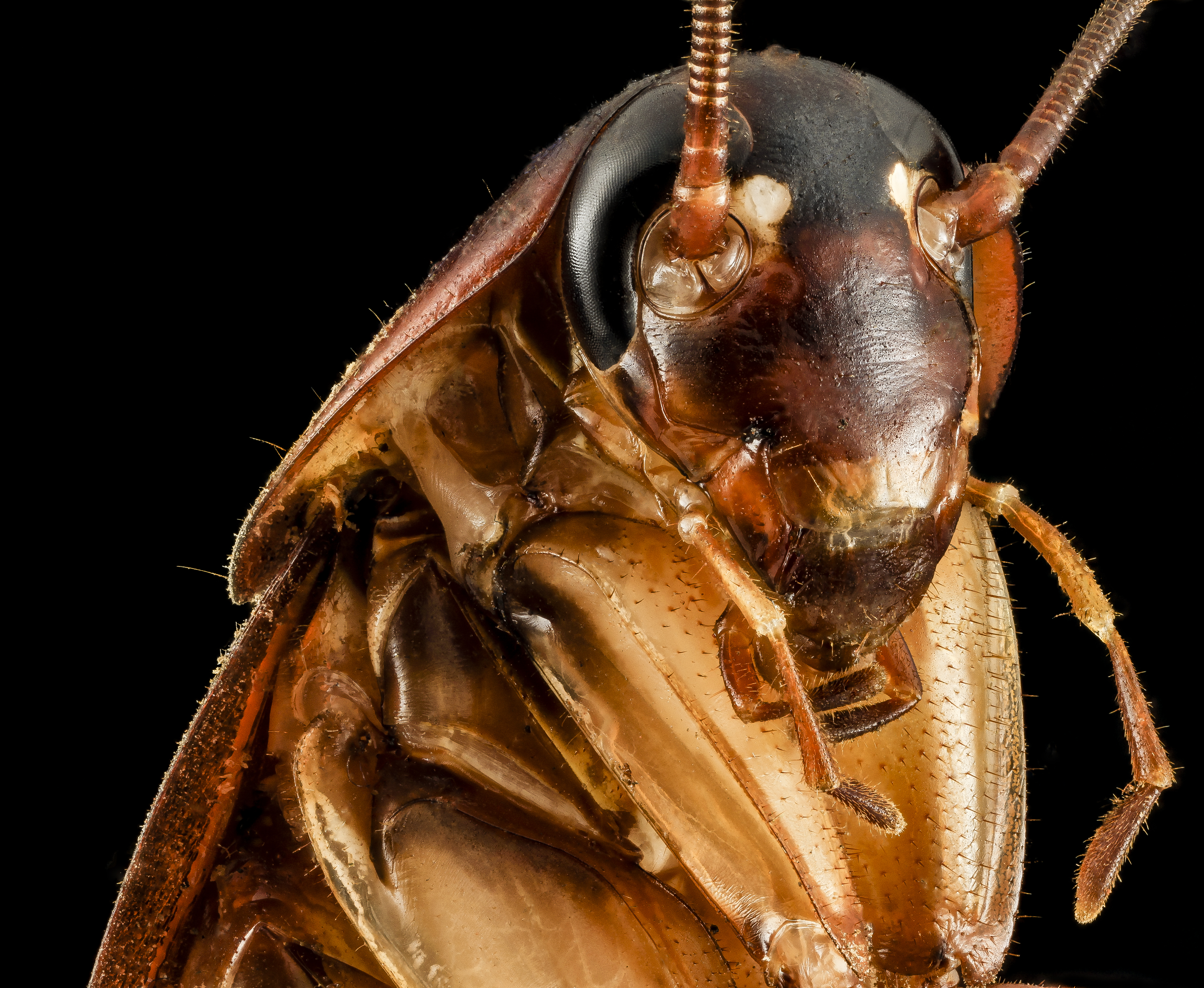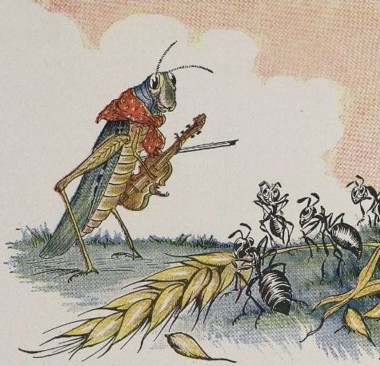The field of biomimicry has yielded many fascinating developments from plant burr inspired Velcro to bullet trains that borrow their sleek design from kingfisher beaks. The U.S. Defense department has even begun to look in unexpected places for novel strategies in developing artificial intelligence: specifically, the brains of small flying insects.
In a recent solicitation, the Defense Advanced Research Projects Agency (DARPA) announced that they would award $1 million to tech innovators who could develop AI models based on the relatively simple cognitive processes of insects. The solicitation describes how insects are able to achieve higher level functions, such as reproduction and egg parasitism, at incredibly small scales. A particularly miniscule insect, the parasitic wasp Megaphragma mymaripenne, who carries out its lifecycle on a smaller scale than some single celled creatures, is cited as a potential inspiration. This extremely small size results in a nervous system made of only a few thousand neurons. Compare this number to the human nervous system which contains over 100 billion neurons and you’ll begin to see why DARPA is interested in borrowing from such a compact design.

Modeling AI after such diminutive brains could prove easier than doing so with human intelligence, as insects are much more efficient at simple tasks. Attempts to mimic the complex decision making of humans in artificial intelligence has required increasingly massive amounts of computation, something that the U.S. Defense Department hopes to avoid in the future. Truly fascinating stuff! Here’s hoping we don’t find ourselves ruled by tiny metal overlords anytime soon.




